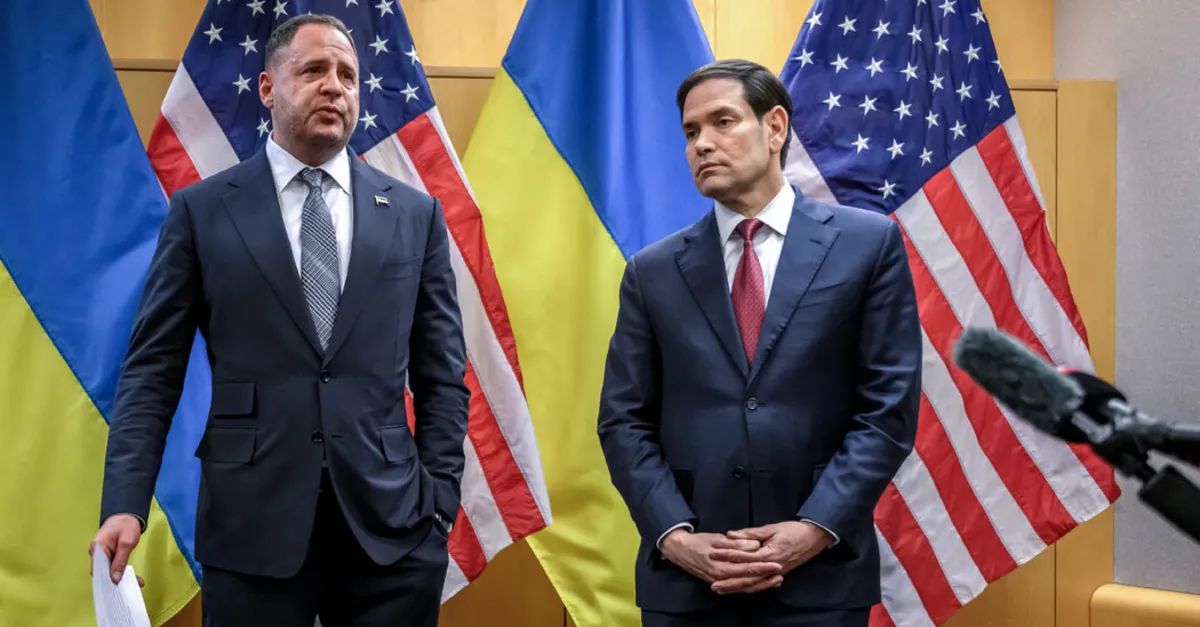
Last week, the Trump administration shocked many in the diplomatic community with a newly proposed peace plan for Ukraine. This initiative has been widely criticized as a significant concession to the Kremlin's demands. The plan, perceived by some as a capitulation, has sparked a debate about its implications for the ongoing conflict in Ukraine.
In the wake of the backlash, U.S. officials have been quick to clarify that the peace plan is a work in progress. They emphasized that revisions have been made to address more of Ukraine's concerns. However, officials have also acknowledged that these adjustments could diminish the likelihood of Russia accepting the deal. This duality raises questions about the effectiveness of President Trump’s latest efforts to secure peace in the region.
As the situation develops, analysts wonder whether President Trump’s current push for peace will face the same fate as his previous initiatives aimed at ending the war in Ukraine. Will this plan ultimately fizzle out, or has it managed to inject new momentum into the global effort to resolve what has become Europe’s most violent conflict since World War II?
Mr. Trump has been actively advocating for an end to the Ukraine war throughout the year. Despite a series of diplomatic efforts—including eight phone calls between Trump and Russian President Vladimir V. Putin, five meetings between White House envoy Steve Witkoff and the Russian leader, and a significant in-person summit in Alaska—none of these initiatives have yielded tangible results as of last month. This ongoing struggle to achieve peace raises further doubts about the viability of the current peace plan.
In summary, the Trump administration's latest peace plan for Ukraine has generated both hope and skepticism. As the U.S. navigates this complex diplomatic landscape, the effectiveness of their strategy remains uncertain. Will this plan finally lead to a resolution, or will it join the ranks of previous, unsuccessful attempts? Only time will tell.